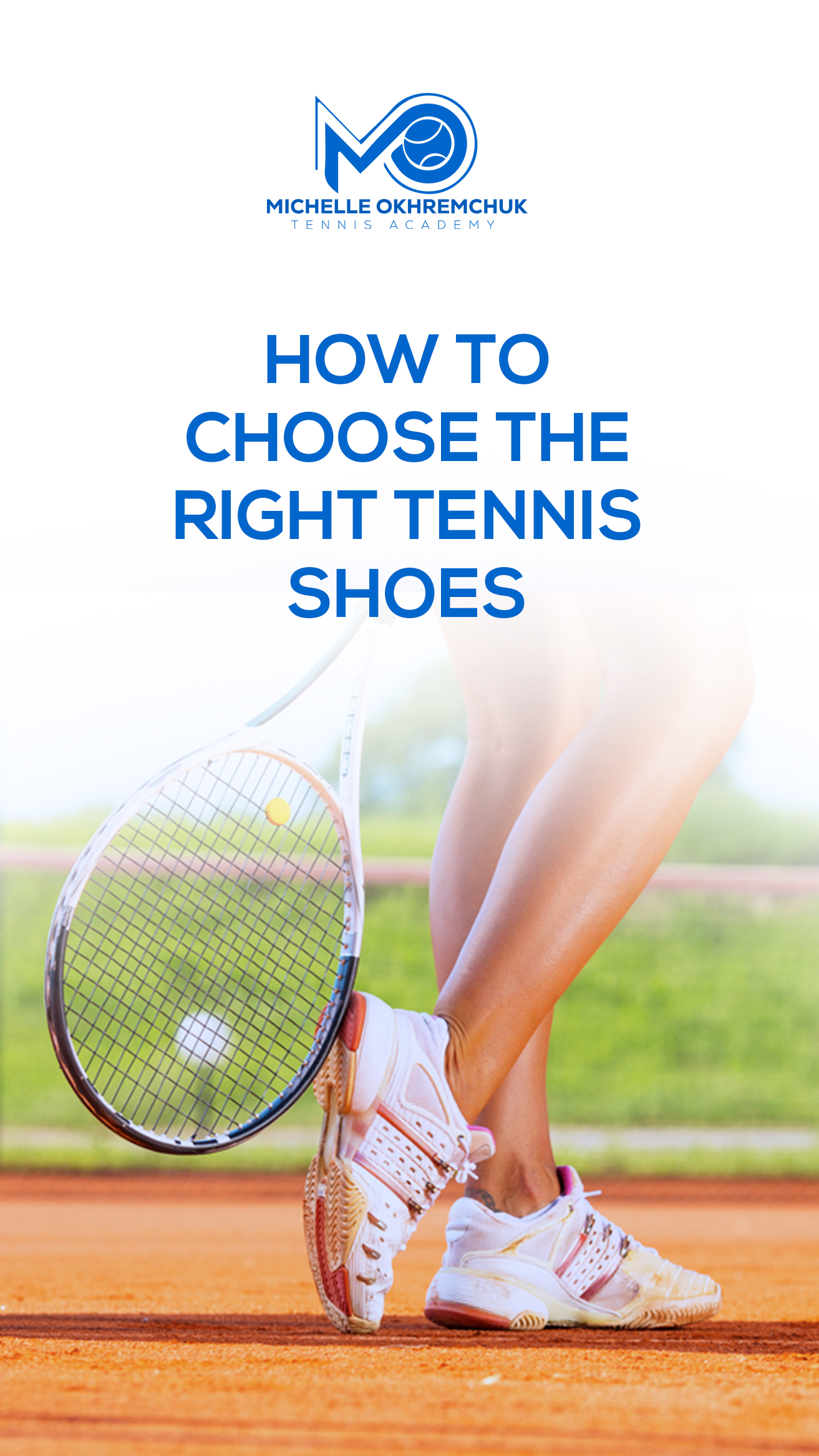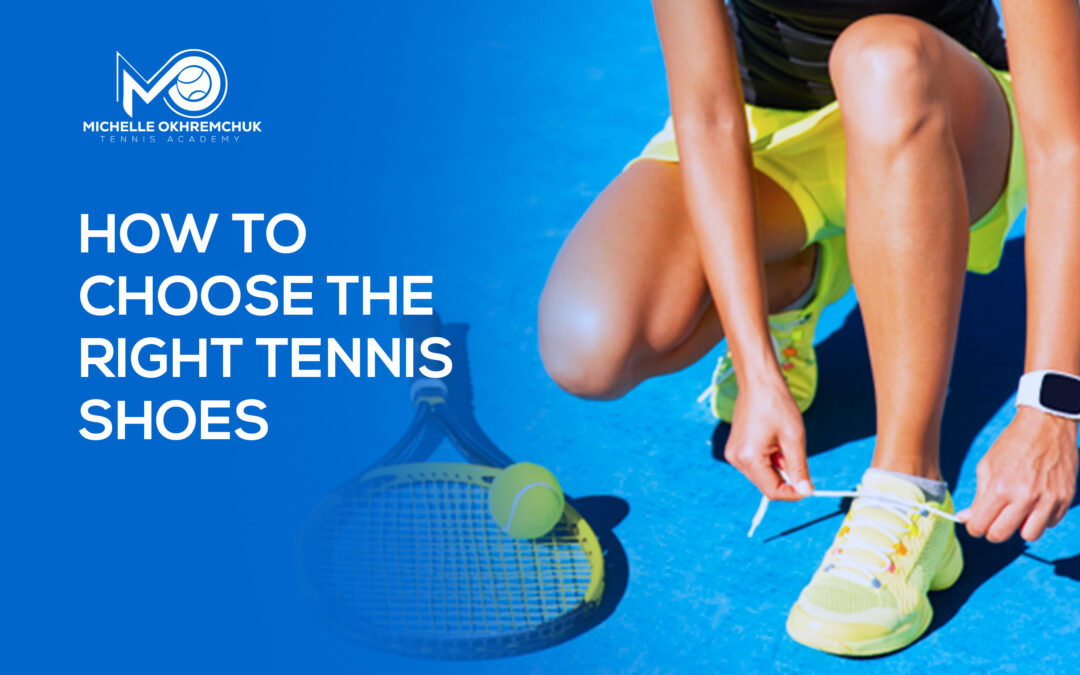Tennis is a physically demanding sport, and one of the most crucial aspects of your gear is your tennis shoes.
Whether you’re a seasoned pro or just getting started, selecting the right tennis shoes can significantly impact your game.
With a plethora of options available, including popular brands like Nike, Adidas, and Asics, choosing the perfect pair requires careful consideration.
When determining your ideal tennis shoe, the primary factor to consider is its outsole. Tennis footwear can be classified based on the specific playing surface they are designed for.
You must weigh the balance between comfort, durability, weight, and stability. It’s worth noting that shoes that provide excellent stability and long-lasting durability tend to be on the heavier side.
On the flip side, lightweight shoes offer the advantage of speed, enabling players to reach the ball swiftly.
In this guide, we’ll walk you through the essential factors to consider when picking the ideal tennis shoes to enhance your game.
Tennis Shoe Styles
Before diving into the specifics of selecting tennis shoes, it’s crucial to understand the unique design features that set them apart from other types of footwear.
Tennis shoes are purpose-built to handle the frequent stops and starts, short sprints, and lateral movements that are characteristic of the game.
They typically have flat soles with specialized patterns designed for various court surfaces. In contrast, running shoes are optimized for forward motion, making them unsuitable for tennis’s dynamic movements.
When choosing tennis shoes, consider your playing style, the type of court surface you frequent, and your personal preferences. Each of these factors will influence the ideal shoe for your game.
The Different Types of Tennis Shoe Outsoles
- All Court Tennis Shoes
All Court tennis shoes are renowned for their versatility. They excel in terms of durability on hardcourt surfaces and are overwhelmingly favored among tennis enthusiasts. Although they can be utilized on various surfaces, we suggest exploring the specialized options detailed below.
- Carpet Court Tennis Shoes
Engineered with smooth soles, these shoes are specifically crafted to provide the ideal amount of traction on carpet courts. Their suitability for other surfaces is limited, as the soles tend to wear out more quickly when compared to All Court shoes.
- Grass Court Tennis Shoes
Grass Court shoes are equipped with outsoles featuring small pimples, delivering precisely the right grip needed for both natural and synthetic grass surfaces. It’s essential to note that these shoes are not suitable for any other surfaces, as the pimples can wear out.
- Omni Court Tennis Shoes
Recommended for players who frequent both artificial grass and hard courts, Omni Court shoes incorporate outsoles that combine the benefits of Grass Court and All Court shoes.
- Clay Court Tennis Shoes
Designed with a complete herringbone pattern, Clay Court shoes are the preferred choice for effectively sliding and maneuvering on both genuine and artificial clay surfaces. They can also be used on hard court surfaces when needed.
Finding the Perfect Fit
The most critical aspect of choosing tennis shoes is ensuring they fit your feet perfectly. Here are some essential considerations to keep in mind:
- Size
When determining the right size, ensure there’s approximately a half-inch or 13 millimeters of space between your big toe and the front of the shoe. Use the width of your thumb as a quick test to gauge this space.
Adequate room in the front prevents jamming of your toes, blisters, and allows for proper ventilation. Tennis shoes that are too large can lead to excessive foot movement, causing blisters and calf muscle issues.
- Width
Standard width shoes work well for most people, but if you have feet outside this range, it’s crucial to find the correct width for your comfort and foot health.
- Toe Box
The space for your toes correlates with the shoe’s width. Some shoes have tighter or more roomy toe boxes, so consider your preferences.
- Ankles
Pay attention to any potential rubbing or discomfort around your ankle bones when trying on tennis shoes, as this can become amplified during play and lead to discomfort.
What to Consider Before Buying
Choosing the right tennis shoes requires careful evaluation of several key attributes:
- Comfort
Tennis shoes tend to be stiffer than other types of footwear due to the need to support a wide range of motions, including lateral movements. Look for shoes with a generous midsole and consider replacing the insole if it’s removable for added comfort.
- Stability
Tennis involves sharp and abrupt movements, and your shoes must provide stability to prevent injuries. Factors contributing to stability include the shoe’s width at the front, a rigid sole to handle quick stops and starts, and secure foot wrapping in the upper part of the shoe.
- Durability
Tennis players, especially those on hard courts, subject their shoes to significant wear and tear. The outsole, toe cap, and forward upper section are critical areas that must be durable. Different styles of play can lead to wear in unique areas, so choose shoes that suit your playing style.
- Weight
The weight of your tennis shoes can impact your speed and agility on the court. Manufacturers often balance weight, stability, and durability, so choose based on your playing preferences.
Choosing Based on Playing Style
Tailor your tennis shoe choice to your playing style:
Baseline Player
If you primarily stay along the backline of the court, look for shoes with lateral support and durability due to constant lateral motion.
Serve-and-Volley Player
Players who frequently charge the net need shoes with a durable toecap and medial arch support, as they often slide their back foot during serves.
Which tennis shoes provide the highest level of comfort?
When it comes to assessing the comfort of tennis shoes, the key factor to consider is the quality of their midsole. The midsole plays a crucial role in absorbing shock, enhancing support, and cushioning your every step.
It’s important to note that a tennis shoe lacking a suitable midsole can result in discomfort not only in your feet but also in your knees and other parts of your body.
Most tennis shoes are equipped with some form of “cushioning technology” in their midsoles. Among the most well-known cushioning technologies are GEL™ by asics, Air Zoom by Nike, and Boost from adidas.
These technologies are typically featured in the flagship models of each brand, and in some cases, additional cushioning may be strategically added, such as in the heel area.
Asics shoes with GEL cushioning consistently earn high praise for being among the most comfortable tennis shoes available.
Conclusion
Selecting the right tennis shoes involves understanding your playing style, court surface, and personal preferences. Prioritize a perfect fit, comfort, stability, durability, and weight when making your choice.
The right pair of tennis shoes will not only enhance your performance but also reduce the risk of injuries and allow you to enjoy the game to the fullest.


